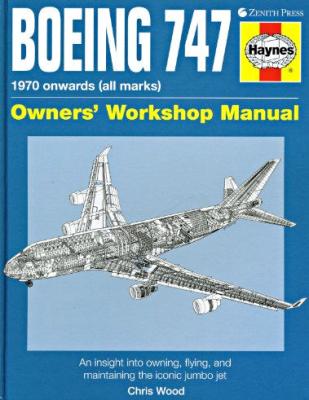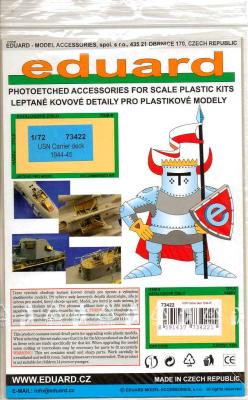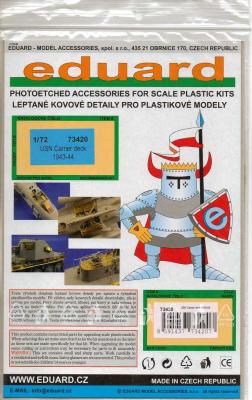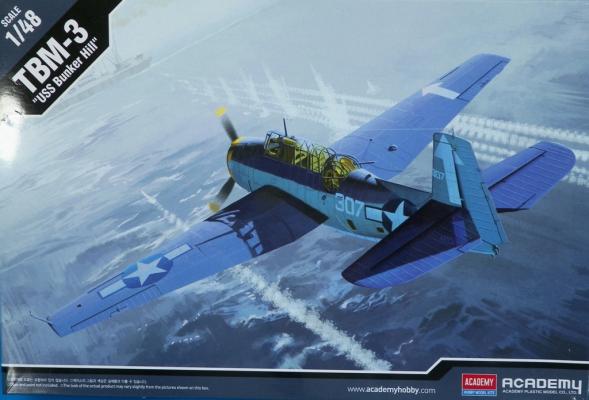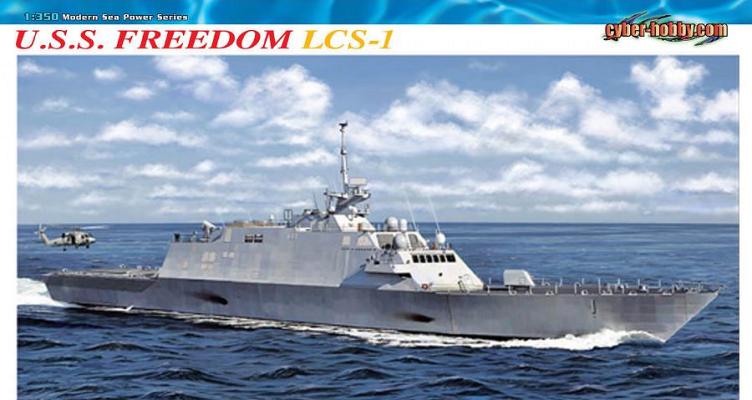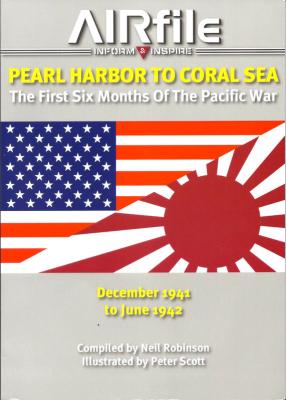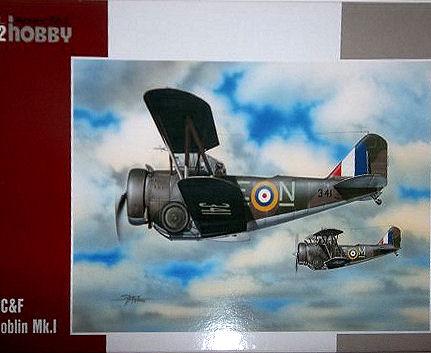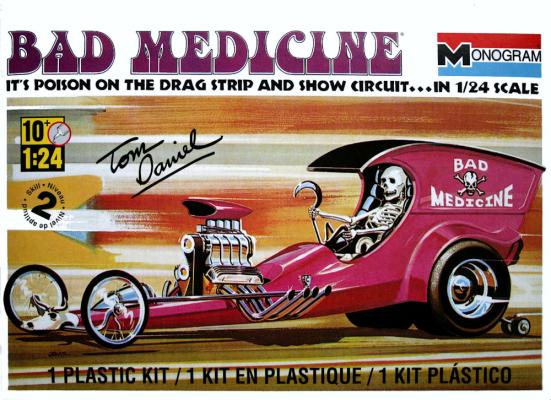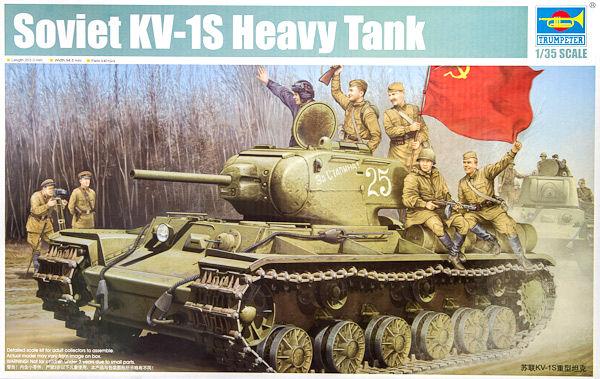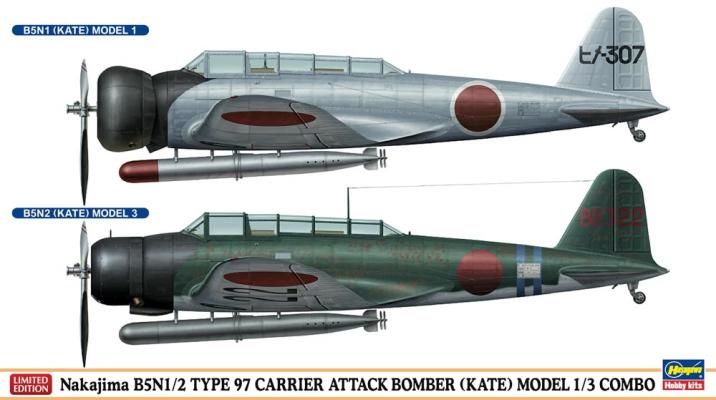For the past several years, Zenith Press has been producing “owner’s manuals” of famous planes, tanks, automobiles, and I suppose space ships (there is one on the space shuttle). With the familiar Haynes logo in the upper right-hand corner, they appear to be genuine owner’s manuals. It’s a great marketing technique and I am sure many hobbyists and fans find it appealing. The volume reviewed here is on the Boeing 747, the iconic jumbo jet that has been flying for over forty years.
The book is beautifully illustrated with color photographs of the various makes of the 747, though the book mostly concentrates on the 400 series. The book starts with a brief overview of the 747 model from its inception to the latest incarnation, the 747-8 series. From history, the book delves into the various aspects of the anatomy of the 747, concentrating on construction, the wings, landing gear, exterior doors and hatches, and windows. You get the idea.

